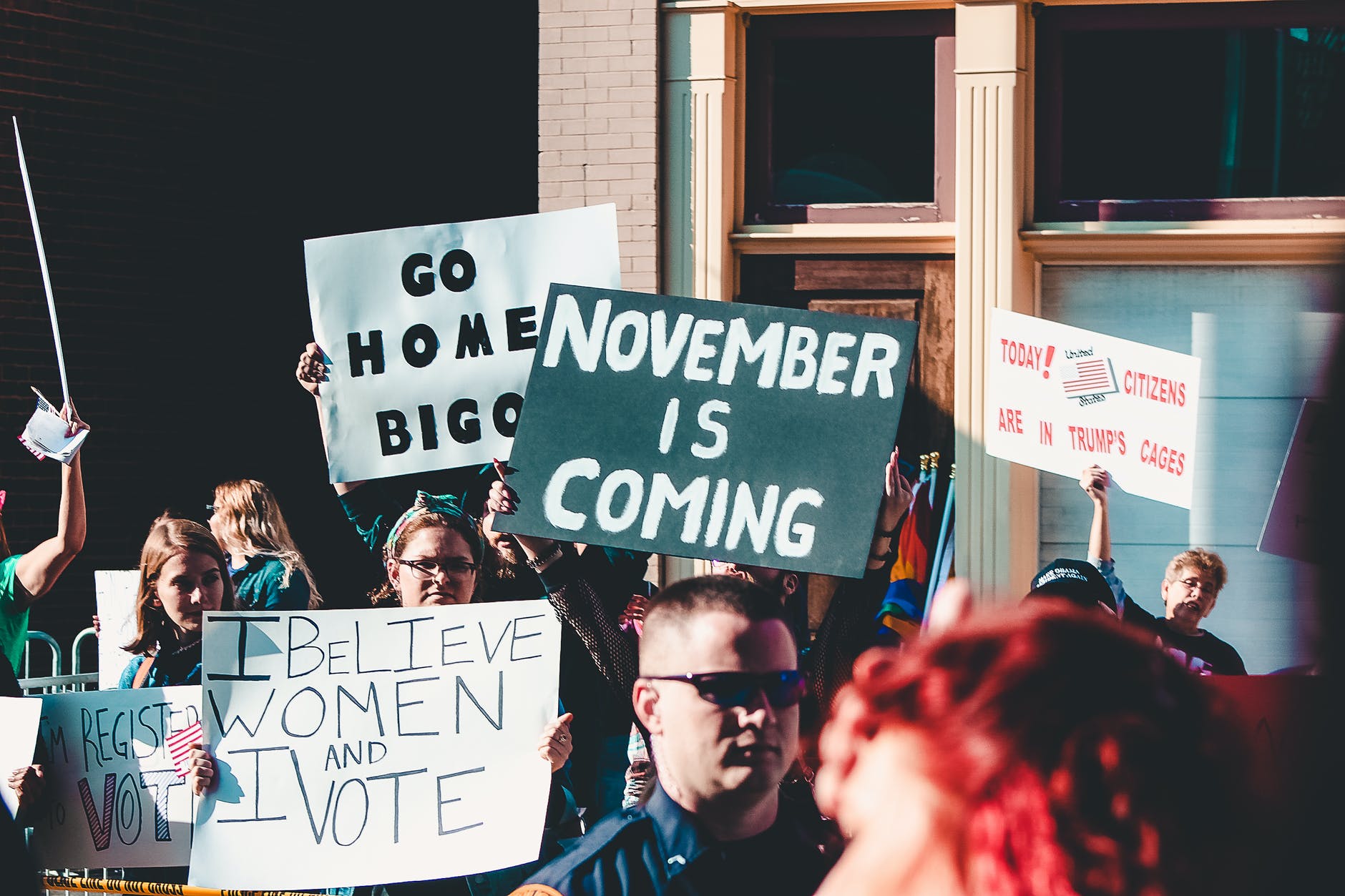In Chapel Hill, people still talk about the influenza pandemic of 1918.
Even after more than 100 years, the community remembers the plague that killed the young, vibrant and very popular president of the University of North Carolina — Edward Kidder Graham.
On October 26, 1918, two weeks after his 42nd birthday, Graham died from a pneumonia that was a common follow-up to the so-called Spanish Flu that infected him.
According to Greensboro author Howard Covington’s recent book, “Fire and Stone: The Making of the University of North Carolina under Presidents Edward Kidder Graham and Harry Woodburn Chase,” Graham had been active during October. He traveled to New York where he met with representatives of the estate of the wealthy and recently deceased Mary Lily Kenan Flagler Bingham. He had cordial meetings on October 14 and 15 with Mary Lily’s brother, William Rand Kenan Jr. and her brother-in-law and cousin, Graham Kenan. Although President Graham learned that while UNC could receive substantial funds later, there would be delays and some uncertainty until her complicated assets were sorted out.
President Graham returned to Chapel Hill. In good shape, he played tennis on October 18. But by Monday, October 21, he was too ill to get out of bed.
Meanwhile, the university campus was under quarantine, with 300 cases of the flu reported and 150 hospitalized. Ironically, two days before he became ill, Graham had written students’ parents that the incidence of flu on campus was receding.
The loss of Graham shook not just the campus, but the entire state. The News & Observer founder, Josephus Daniels — then serving as Secretary of the Navy — wrote that Graham was “the most useful man in North Carolina and we could possibly spare any man in the state rather than him. We have nobody to fill this place.”
The flu was not finished taking down UNC stalwarts. Chapel Hill’s Tom Kenan told me that his kinsman, the lawyer Graham Kenan, died from the flu shortly after his New York meeting with President Graham.
This pandemic killed more than 50 million people worldwide. Covington points out that it eventually took 675,000 American lives and that one-half of the country’s casualties during World War I were due to the flu or its complications. This flu strain, he wrote, “most often attacked those between the ages of twenty and forty. Graham had just turned forty-two. It struck without warning and could literally kill overnight. What may have been thought to be a seasonal cold developed into a deadly case of pneumonia that left sufferers gasping for air as blood and froth clogged their airways.”
This reaction was triggered by a massive immune response that caused the lungs to fill with fluid. Victims turned blue due to lack of oxygen as they drowned in this excess fluid.
Could Graham and the millions of other victims been saved had there been better planning and preparation? We cannot know for sure. But we can ask our leaders and ourselves whether we can and should do more to prepare for the threatened coming of the Corona virus into our lives.
Writing in The New York Times on March 1, Nicholas Kristof acknowledges that nobody knows if the coronavirus will be a “big one.” But he says we should get ready. “The coronavirus may kill two percent of those infected; if correct, that would be similar to the lethality of the 1918 flu. Another similarity with 1918 is that the United States and the world are unready for a pandemic.”
Kristof cites Dr. Irwin Redlener, a Columbia University professor and director of the National Center for Disaster Preparedness, who told him, “We’re amazingly unprepared.”
If, as a result of that lack of preparedness, we lose people like Edward Kidder Graham and thousands of others, our generation will have earned a verdict of infamy from the jury of history.
 D.G. Martin hosts “North Carolina Bookwatch,” Sunday at 3:30 p.m. and Tuesday at 5:00 pm on UNC-TV. The program also airs on the North Carolina Channel Tuesday at 8:00 pm and other times.
D.G. Martin hosts “North Carolina Bookwatch,” Sunday at 3:30 p.m. and Tuesday at 5:00 pm on UNC-TV. The program also airs on the North Carolina Channel Tuesday at 8:00 pm and other times.
Related Stories
‹
![]()
One on One: When Do We Change Names and History?Last week the Raleigh City Council removed the historic designation of Wakestone, the former home of Josephus Daniels. That action is just one more reminder of North Carolina’s and the nation’s struggle to find agreement on what people should be honored and what versions of history should be taught in our schools. The unanimous action […]
![]()
One on One: Jim Crow Is Still Alive in North CarolinaUnbelievable when you think about it, how North Carolina maintained its segregated and discriminatory racial system for such a long time. The remnants of what is commonly called “Jim Crow” are still with us, a daily reminder of the horrors of the past. A new book, “Jim Crow in North Carolina: The Legislative Program from […]

One on One: Books for Holiday GivingIf you are worried about holiday gifts or selections for your book club’s reading, here are some good North Carolina-connected books to consider. Three beloved North Carolina authors have new books that would be perfect for fiction fans: Allan Gurganus, author of “The Oldest Confederate Widow Tells All,” gives us a crop of his best […]

One on One: Greek and Hebrew Guides to Our Political DifferencesHow can ancient Greek and Hebrew thinking help us understand why our friends who support other political candidates see things so differently from us? Why are we locked into such different positions? It is dangerous for anyone to try to explain why people support opposing political figures or different political parties or programs. We sometimes […]

One on One: North Carolina's GodfatherDoes North Carolina have a godfather? We would not want our godfather to be anything like Mexican Gen. Salvador Cienfuegos Zepeda, who is called “El Padrino,” which means “The Godfather.” Zepeda was arrested last week and charged with helping a drug cartel smuggle thousands of kilograms of cocaine, heroin, methamphetamine and marijuana into the United […]

One on One: President Trump and Nicholas SparksWhat do President Donald Trump and the lead character of Nicholas Sparks’ latest book have in common? Hint: Walter Reed Medical Center. Both the president and Trevor Benson, the fictional main character in Sparks’ “The Return,” received critically important treatment at Walter Reed. Trump got expert medical care for his coronavirus. Benson, a Navy surgeon, […]

One on One: Fighting for AmericaWe both love America? We would fight for our country. And we would fight to keep it the way we love it. And we would fight to make it the way we could love it more. It is just that we love different Americas. Even before the president was struck down by the coronavirus that […]

One on One: Religion, Too Much or Not Enough?Is Joe Biden too Catholic? Or not enough? Has Donald Trump corrupted the leaders of conservative religious groups? Religion is everywhere, even in four important books featured during the next few weeks on North Carolina Bookwatch. In Charlotte doctor and author Kimmery Martin’s “The Antidote for Everything,” the lead character is not deeply religious. However, […]

One on One: Who Wins the Debate About Debates?What is more interesting than the upcoming debates between candidates for major political offices? Of course, it is the debate about the debates. Some friends, well-informed and experienced in political activities, say the importance of such debates is vastly overrated. For instance, one said the recent first debate between North Carolina U.S. Senate candidates Republican Thom […]

One on One: Losing Randall KenanHe had to tell me that my beloved Uncle Remus was not coming back—ever. Randall Kenan was jovial, kind, and wise, not unlike the Uncle Remus he was taking away from me. Kenan, died last week at a much too early 57. Like Uncle Remus, he was an expert on trickster stories, mainly based on […]
›


 D.G. Martin hosts “North Carolina Bookwatch,” Sunday at 3:30 p.m. and Tuesday at 5:00 pm on UNC-TV. The program also airs on the North Carolina Channel Tuesday at 8:00 pm and other times.
D.G. Martin hosts “North Carolina Bookwatch,” Sunday at 3:30 p.m. and Tuesday at 5:00 pm on UNC-TV. The program also airs on the North Carolina Channel Tuesday at 8:00 pm and other times.







